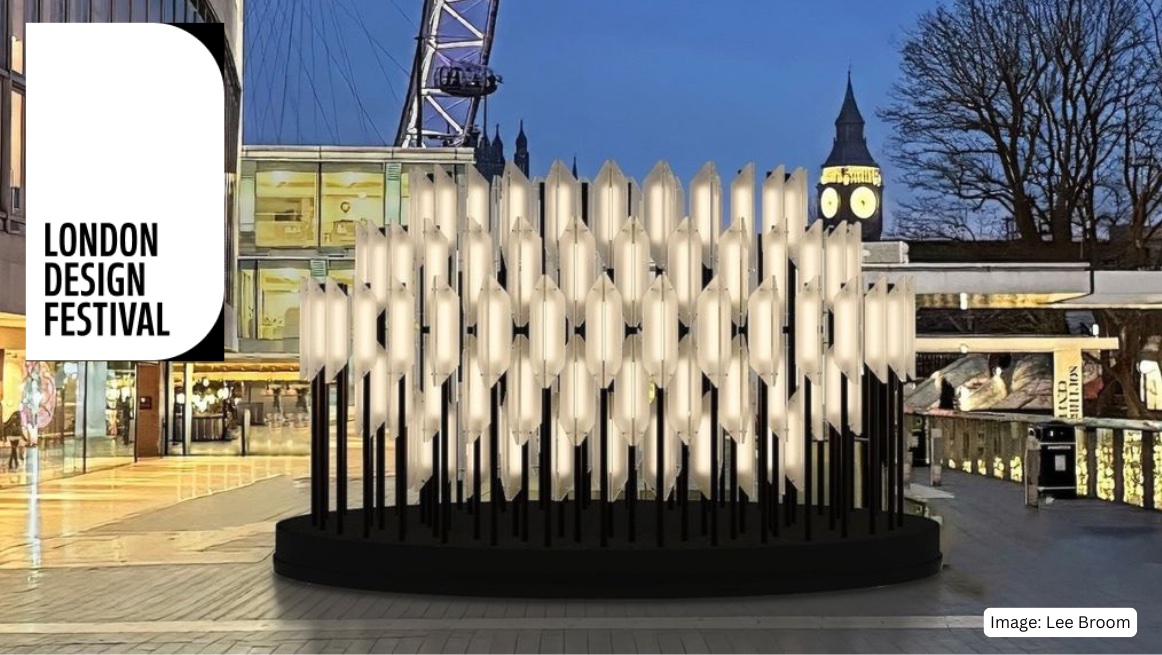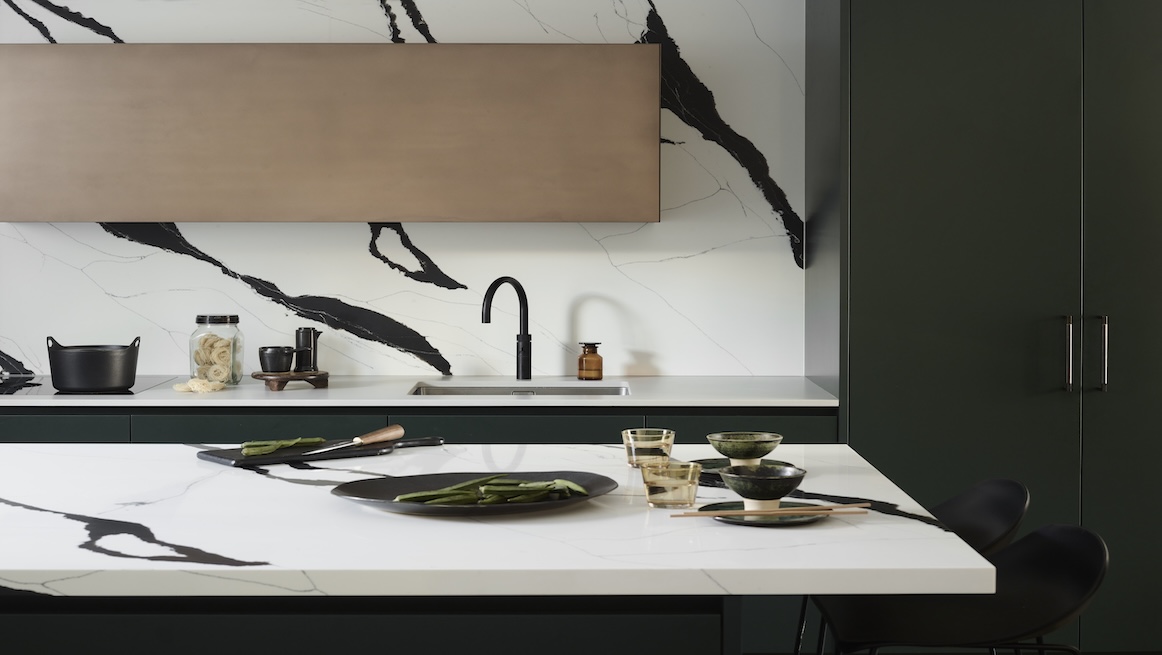How to design the perfect kitchen island
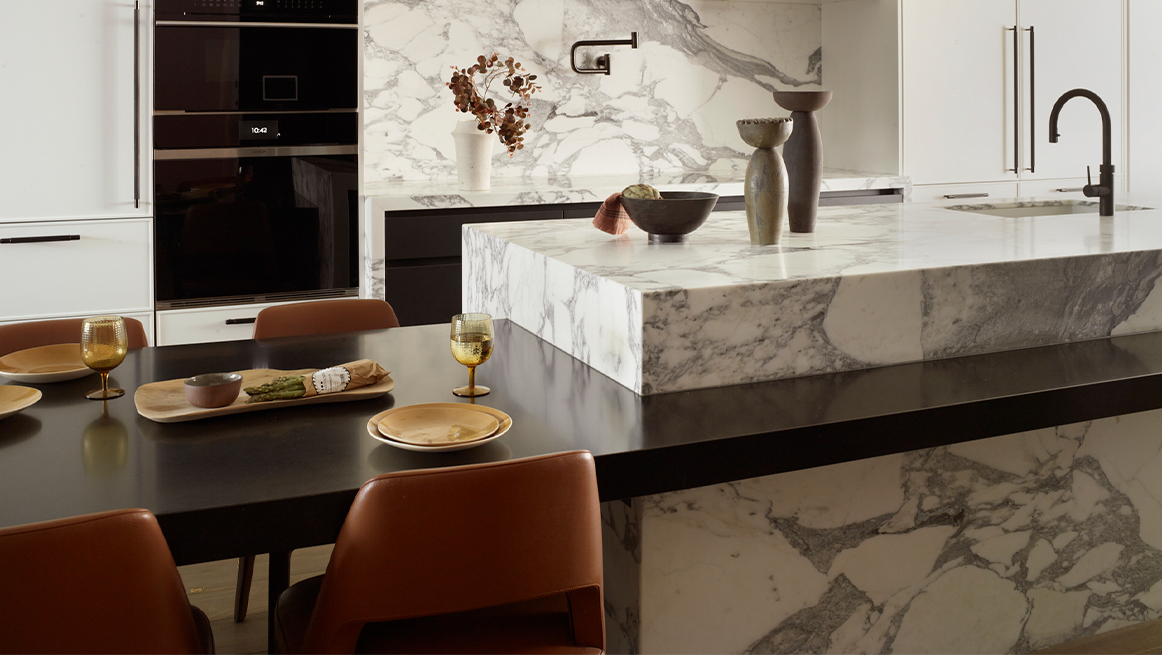
A kitchen island is so much more than just extra workspace, it’s the heart of the kitchen, a place where family gathers, guests linger, and the kitchen becomes both social hub and design statement. At Roundhouse Design, every island we produce is bespoke: made to measure, full of thoughtful details, and designed to stand the test of time. If you’re considering adding or upgrading a kitchen island, this guide addresses the key questions homeowners often ask: how big should it be, what style & materials work best, what smart features add value, and does it make sense financially.
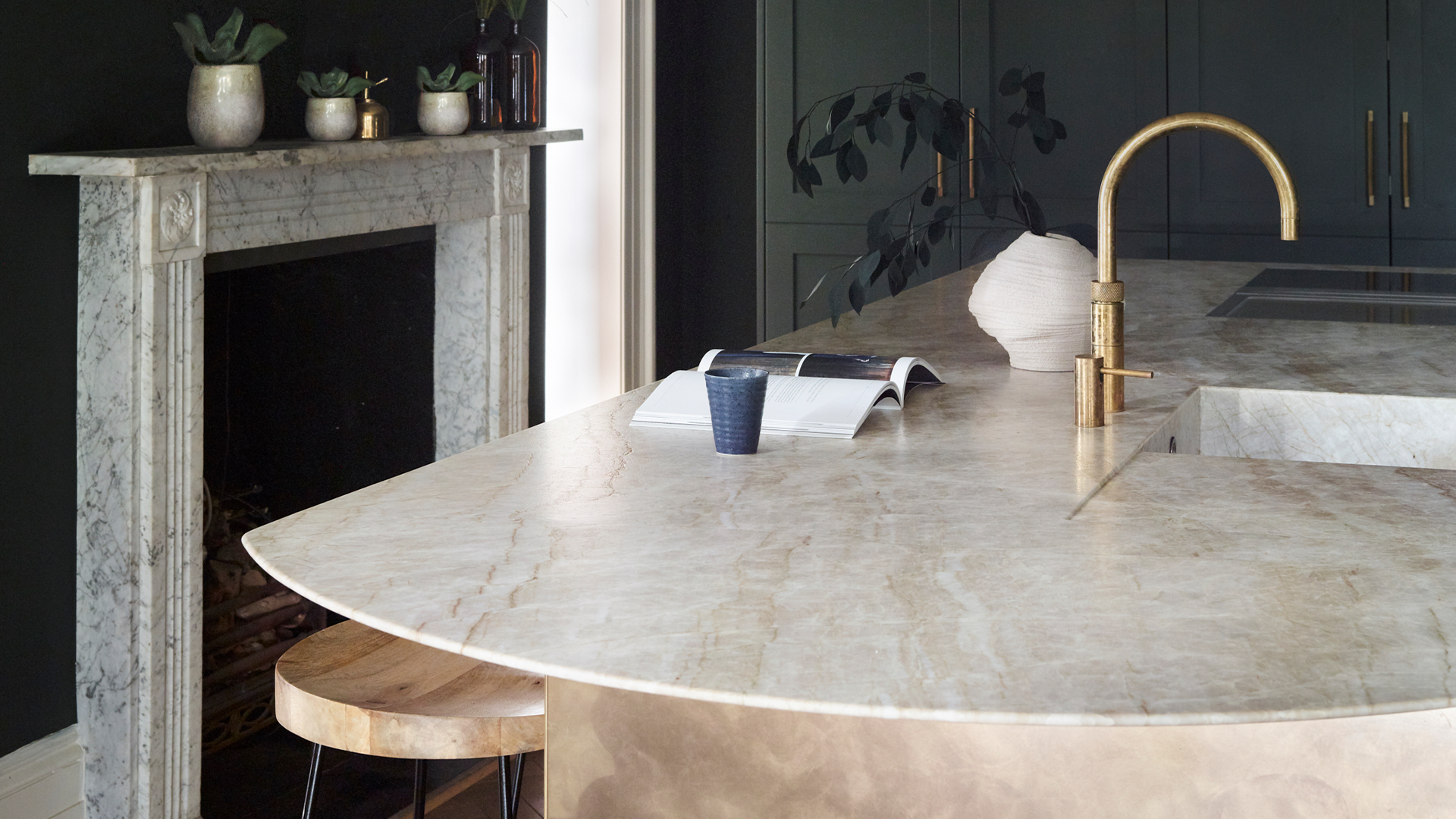
Planning the right proportions
Getting the dimensions correct is the foundation of any great bespoke kitchen island. Aim for at least 1 metre of clear space on all sides so drawers, doors and appliance panels can open freely. In more generous, open-plan kitchens, more space encourages flow; in smaller kitchens, every millimetre counts.
When designing a curved kitchen island, such as in our Cheung project, we paid special attention to circulation. The curve softens traffic patterns and offers a non-intrusive overhang, perfect for stool seating.
Proportion is also key. An island should balance the length of your worktop runs, the ceiling height, and the room scale. If you have tall cabinetry or an open ceiling, a large island feels right; in lower-ceilinged or narrower rooms, a more modest size works better.
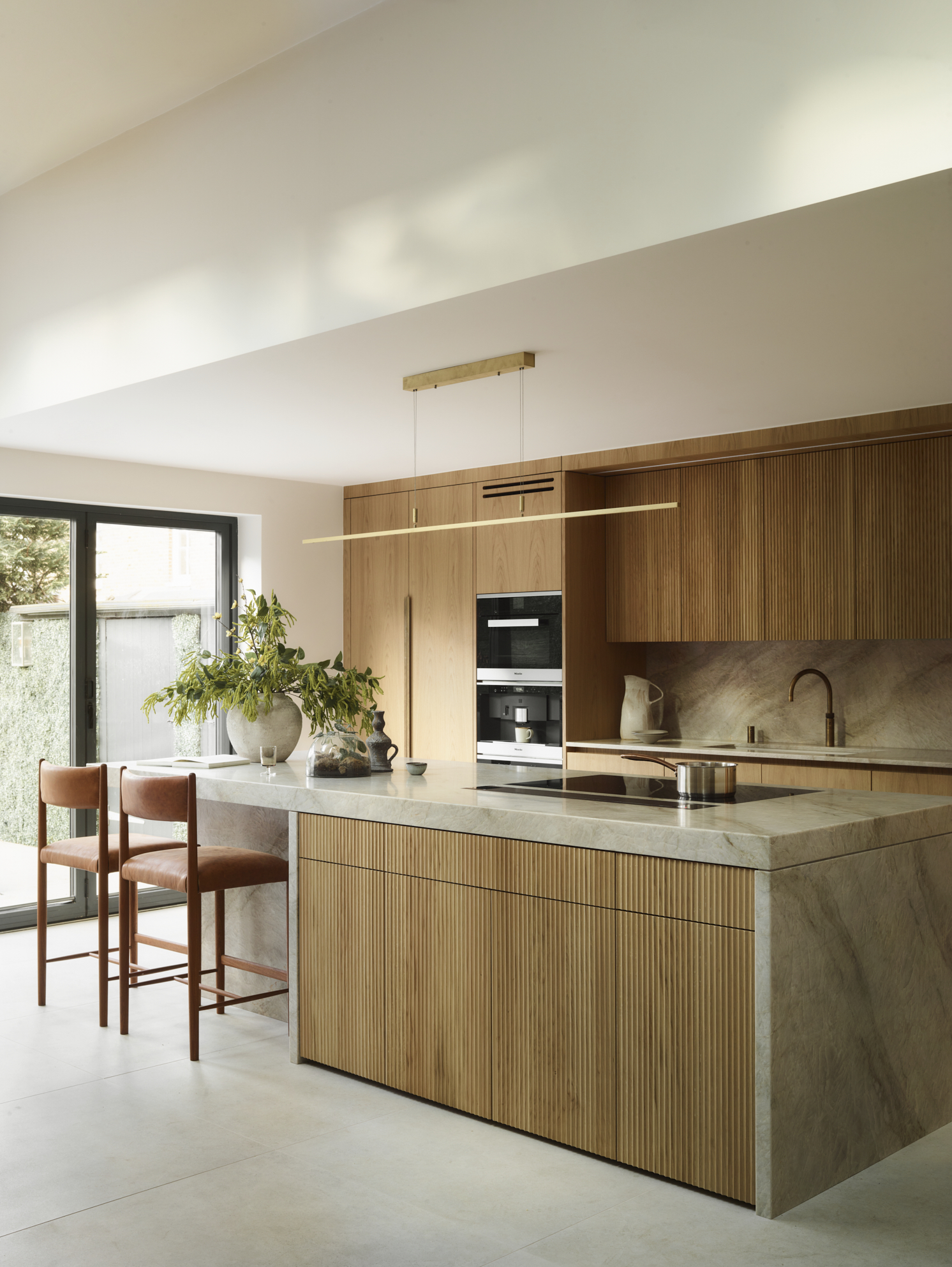
Choosing the right materials
To stay ahead of kitchen island trends, it’s important to think of texture, contrast, and natural materials. Waterfall worktops are a favourite, with stone or engineered surfaces flowing seamlessly down the sides of the island to create a sculpted look. Two-tone cabinetry is also popular, mixing finishes such as oak fronts with softer painted tones around seating areas to add depth and balance. Fluted or reeded detailing is another sought-after element, bringing tactile interest and subtle shadow play to the cabinetry. This is seen in our Bulpitt project where the fluted oak sits flush with the leathered Taj Mahal quartzite worktop to create a beautiful coupling at the centre of the room.
Many of our clients are also drawn to the enduring appeal of natural stone and warm woods, often paired with quieter tones that wear beautifully over time. For those who prefer softer forms, curved or radius ends can offer a more organic profile.
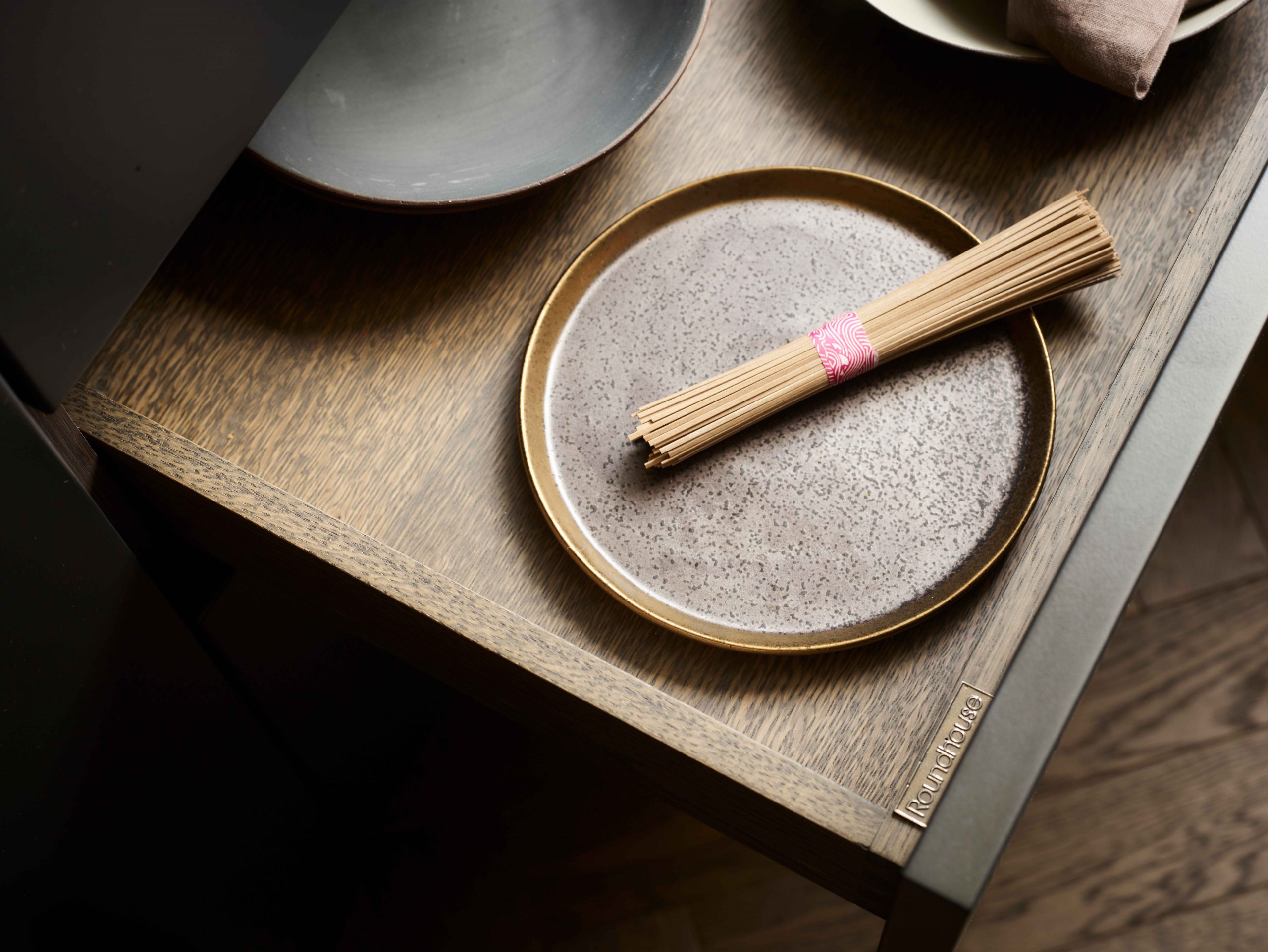
Smart features: making your island work hard
A bespoke kitchen island shines most when it works smart as well as looking beautiful. Deep drawers with internal organisers make it easy to store pots, pans and crockery, while hidden spice racks or slim pull-outs keep everyday essentials close to hand without cluttering the surface. For those who love to entertain, an integrated wine fridge or cooler drawer tucked beneath the counter offers effortless access without sacrificing cupboard space. Built-in sockets and discreet USB ports, often positioned in a seating overhang or as a pop-up detail, bring modern convenience to both cooking and home working. Lighting also plays a vital role, from task lighting beneath the worktop to elegant pendants overhead, or subtle LED strips at the base of the cabinetry that create atmosphere and guide the way after dark. Together, these smart kitchen storage solutions don’t just improve functionality they keep the kitchen clean, organised and ready for any occasion.
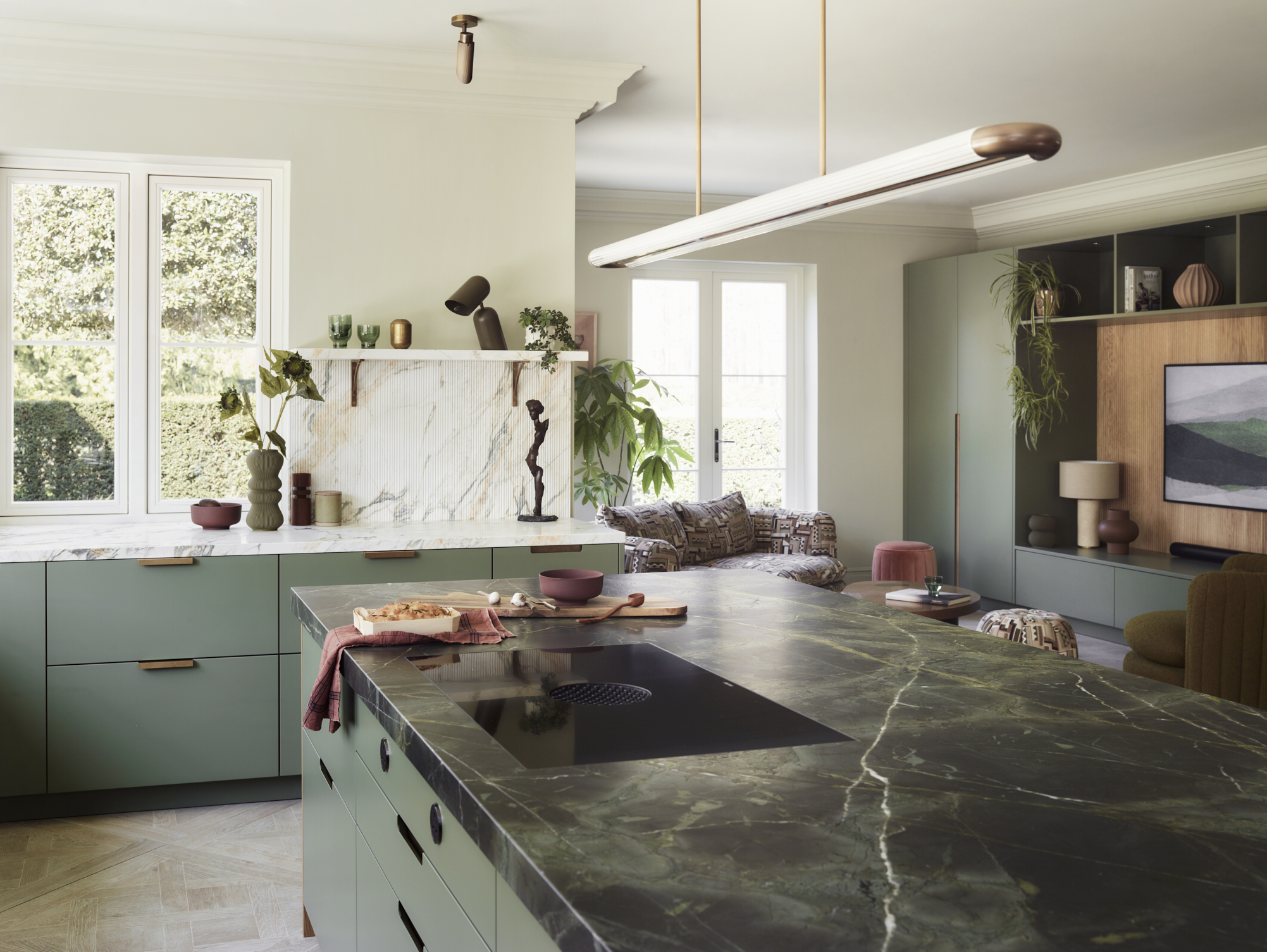
Is it worth it? Cost & long-term value
A bespoke island represents a significant investment, but one that almost always pays off in terms of usability, enjoyment and long-term value. Costs vary depending on size, material choice, integrated appliances and the complexity of the joinery; curves, fluting and custom finishes all add to the craft and therefore the price. The real value lies in the lifespan of the island: high-quality timber, stone and hardware are designed to last for decades. A well-proportioned island also offers flexibility, adapting to new needs as your household evolves, whether that means extra seating, additional storage, or a different configuration of space.
From a property perspective, kitchens with beautifully designed islands consistently stand out in high-end photography and viewings, boosting market appeal. Even if budget is tight, it’s still possible to capture the essence of a bespoke design by focusing on the key functional elements and introducing a select number of design details, keeping the island both practical and aspirational.
Bringing it all together
At Roundhouse, the process of designing a kitchen island always begins with you: your space, your lifestyle, the way you cook, entertain and gather. If you want to create your dream kitchen island, something that doesn’t simply serve as a work surface but becomes heart of the home, book a design consultation and start your Roundhouse journey.
Frequently Asked Questions – Kitchen Islands
How much space do I need around a kitchen island?
For a well-planned layout, allow at least 1 metre of clear space on all sides of your kitchen island. This ensures drawers, doors and appliance panels can open freely, while also creating easy circulation in both compact and open-plan kitchens.
What are the most popular kitchen island trends right now?
Current kitchen island trends include waterfall worktops in natural stone or engineered materials, two-tone cabinetry that mixes painted finishes with warm timbers, and fluted or reeded detailing for a tactile, architectural look. Curved kitchen islands are also gaining popularity, offering softer lines and better flow in busy spaces.
What smart kitchen storage can be built into a bespoke island?
A bespoke kitchen island can include deep drawers with organisers, slim pull-outs, hidden spice racks and integrated wine fridges or coolers. Many designs also feature pop-up sockets, USB ports, task lighting and discreet LED strips, making the island as practical as it is beautiful.
Is a bespoke kitchen island worth the investment?
Yes. A bespoke kitchen island is designed to last for decades, thanks to high-quality timbers, stone surfaces and craftsmanship. Beyond daily usability and flexibility, a well-proportioned island boosts property appeal, standing out in high-end photography and viewings.


